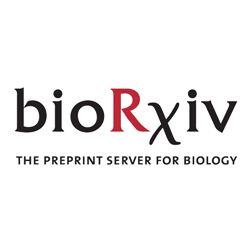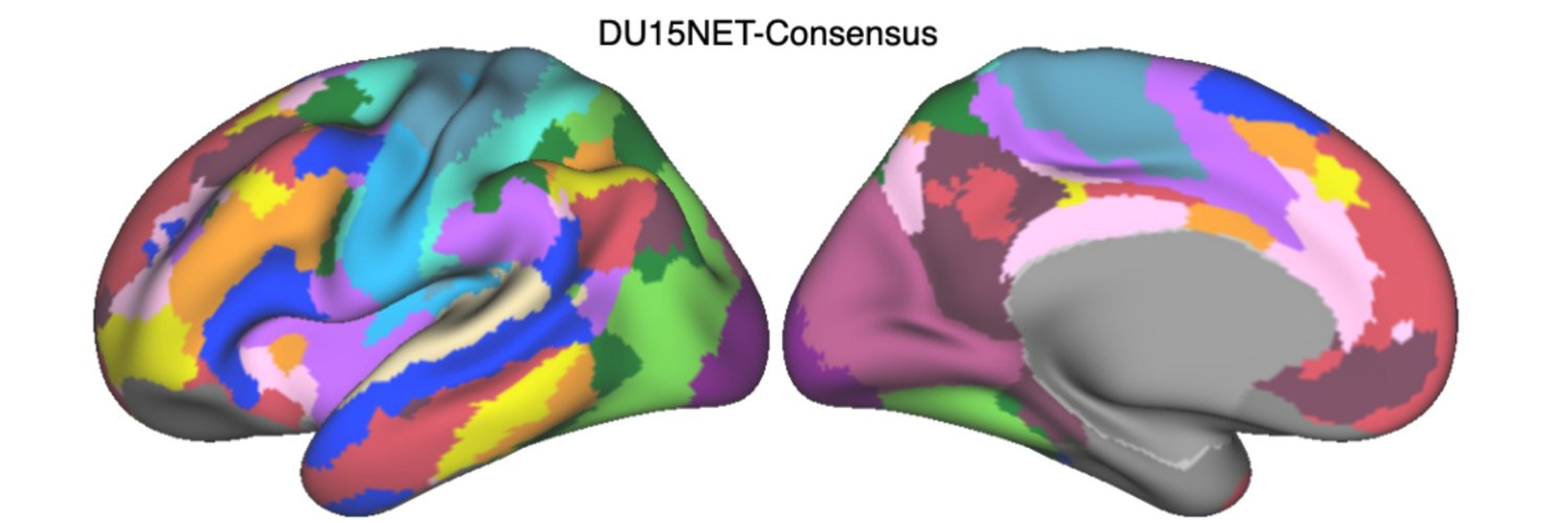Jingnan Du
@jingnandu.bsky.social
110 followers
120 following
27 posts
Postdoc @ Harvard, Buckner Lab
cognitive neuroscience, precision functional mapping, memory
https://jingnandu93.github.io/
Posts
Media
Videos
Starter Packs
Pinned
Reposted by Jingnan Du
Reposted by Jingnan Du
Reposted by Jingnan Du
Reposted by Jingnan Du
Neuron
@cp-neuron.bsky.social
· 12d
Within-individual precision mapping of brain networks exclusively using task data
Du et al. demonstrate that task data alone can map the detailed organization of within-individual brain networks. Applications include reanalysis of existing data, pooling of task and resting-state data to increase statistical power, and studies that solely acquire task data to simultaneously estimate brain networks and extract the evoked response.
dlvr.it
Reposted by Jingnan Du
Reposted by Jingnan Du
Golia Shafiei
@goliashf.bsky.social
· Feb 27

Reproducible Brain Charts: An open data resource for mapping brain development and its associations with mental health
Major mental disorders are increasingly understood as disorders of brain development. Large and heterogeneous samples are required to define generalizable links between brain development and psychopat...
doi.org
Reposted by Jingnan Du
Reposted by Jingnan Du
Cory Shain
@coryshain.bsky.social
· Mar 31

A language network in the individualized functional connectomes of over 1,000 human brains doing arbitrary tasks
A century and a half of neuroscience has yielded many divergent theories of the neurobiology of language. Two factors that likely contribute to this situation include (a) conceptual disagreement…
doi.org
Reposted by Jingnan Du
Rodrigo Braga
@rodbraga.bsky.social
· Feb 28












